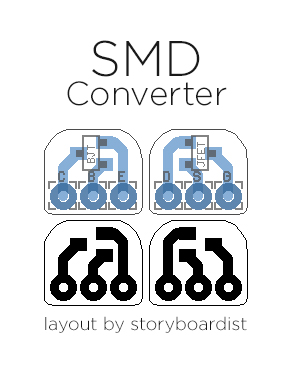The Slow Gear emulates a guitarist riding the volume pot or a volume pedal, creating a swell effect. This will fit comfortably in a 1590B or 125B, though with the 1590B you'll probably want to wire the pots off board or use long-leg right angle pots mounted on the component side. Here's the schematic for reference.
Tuesday, October 18, 2022
Boss SG-1 Slow Gear
Tuesday, October 5, 2021
Stompbox Converter
Had a couple questions about stompbox use with line level, so I drew up this. This allows you to drop the line level signal down to instrument level, send it out to whichever stompboxes you want to use, then back and amplified back up to line level. Schematic and discussion here. Made two versions, one that could be run off typical +9v pedal power, and another for bi-polar 12v supply used in Eurorack synths, so you can build it either in pedal form or Eurorack module form.
Monday, February 22, 2021
Bomtempo
Just stumbled across this on FSB. It's a tap tempo + modulation add on for PT2399 delays designed by Electric Canary. It is digital so you'll either need to buy a pre-programed chipset or burn the code onto the chips yourself. Lots of off board wiring with this, but it's probably worth if you have a favorite PT2399 delay you want to take to the next level. Check out their site for more info, schematic and the code.
Thursday, August 1, 2019
Fulltone OCB
Tuesday, May 28, 2019
Bass Direct Box
Tuesday, May 7, 2019
Baja Reactor
Tuesday, February 19, 2019
Inverting Phase Buffer
Tuesday, November 6, 2018
Demedash Effects Incandenza Bypass
Thursday, October 18, 2018
Hughes & Kettner Red Box Mk. II
Tuesday, June 12, 2018
Optical Bypass

Thursday, April 19, 2018
Active Baxandall Network
Thursday, February 15, 2018
MultiCab Sim
Tuesday, February 13, 2018
1 Watt Mini Amp
Tuesday, October 17, 2017
SMD to Through-Hole Conversion
If you don't feel like etching, you can pick these up in the store.
























